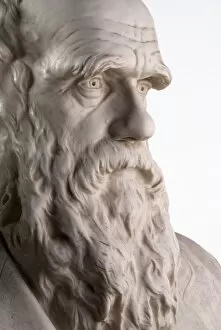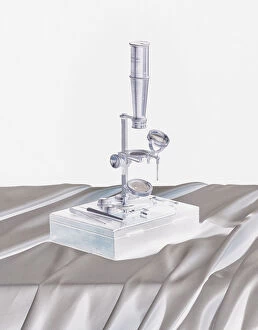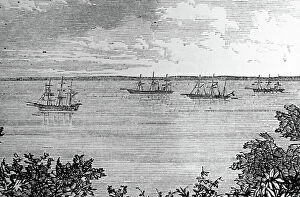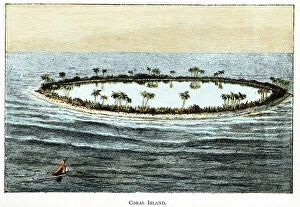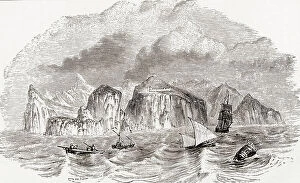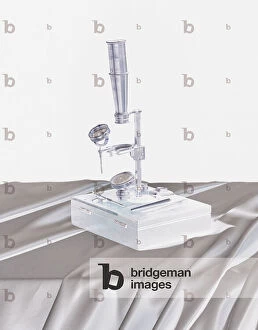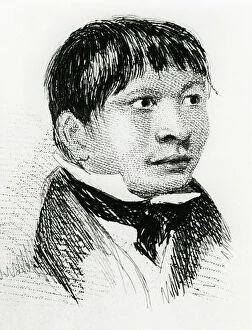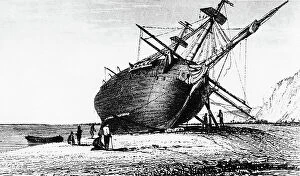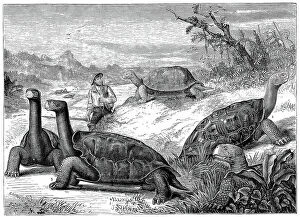Darwin Collection (page 5)
"Exploring the Wonders of Nature: Darwin's Journey through Time" Charles Darwin, a name synonymous with scientific discovery and evolution
All Professionally Made to Order for Quick Shipping
"Exploring the Wonders of Nature: Darwin's Journey through Time" Charles Darwin, a name synonymous with scientific discovery and evolution, embarked on a groundbreaking expedition aboard the HMS Beagle. This voyage took him to the enchanting Galapagos Islands, where he encountered an array of unique species that would forever change our understanding of life on Earth. Among his most notable observations were the finches, whose diverse beak shapes fascinated Darwin. These tiny birds showcased adaptation in action, providing evidence for his revolutionary theory of natural selection. But it wasn't just finches that captivated Darwin's curious mind. He delved into the intricate world of barnacles, meticulously studying their complex anatomy and classification systems. His extensive research led to numerous publications on this often-overlooked creature. Darwin's intellectual pursuits extended beyond his own discoveries. He engaged in spirited debates with fellow scientists like Evstafieff and A. R Wallace, challenging conventional wisdom and pushing boundaries in evolutionary biology. Back home in Richmond, England, Charles Darwin continued his scientific endeavors. Surrounded by shelves filled with books and specimens collected during his travels, he tirelessly worked on "On the Origin of Species, " a seminal work that revolutionized our understanding of life's diversity. A glimpse into Darwin's personal life reveals a loving father-son bond captured beautifully in photographs featuring Charles Darwin alongside his son. These tender moments humanize the great scientist behind groundbreaking theories. As time went on, recognition for Charles Darwin grew exponentially. A portrait taken in 1874 by Leonard immortalizes him as an esteemed figure who forever changed our perception of nature itself. Today we can still marvel at maps annotated by Darwin himself - visual representations documenting how he pieced together clues from various corners of the globe to form a comprehensive picture of evolution unfolding across continents.


